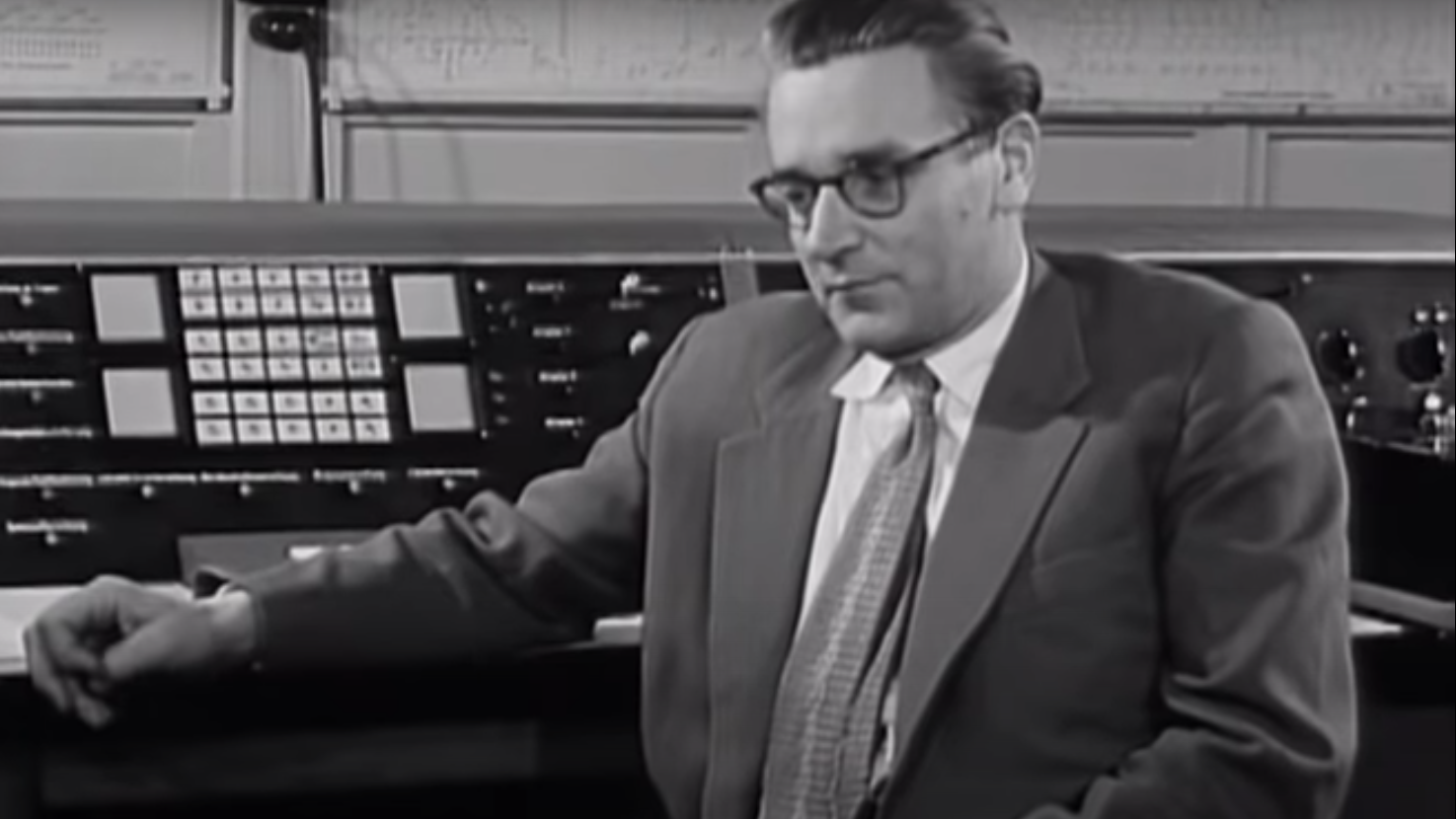
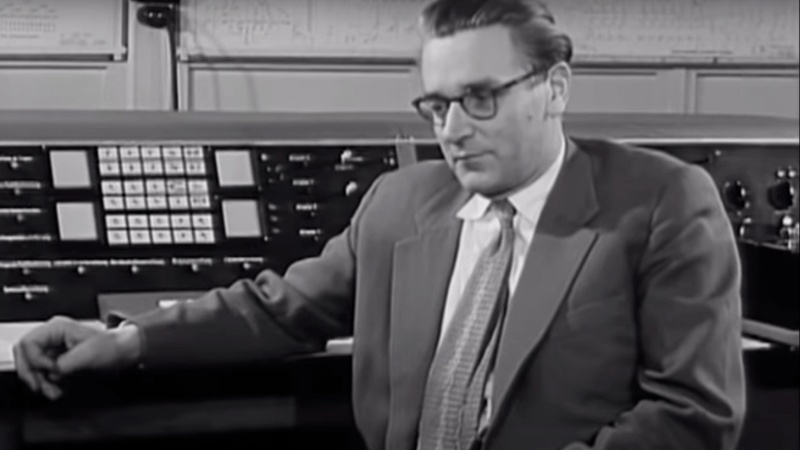
Bavarian Alps, Dec. 1945:
Since 1935, Berlin engineer Konrad Zuse has spent his entire career developing a series of automatic calculators, the first of their kind in the world: the Z1, Z2, Z3, S1, S2, and Z4. He accomplished this with a motley group of engineers, technicians, and mathematicians who were operating against all odds. With all the hardships and shortages of war and the indifference of their peers, the fact that they succeeded at all is a testament to their dedication and resourcefulness. And with the end of the war, more hardships have been piling on.
Two years ago, during the Battle of Berlin, bombers completely destroyed the Zuse family home and adjacent workshops on the Methfesselstraße, where they preformed research and fabrication. All of the calculators, engineering drawings, and notes were lost in the rubble, save for the new Z4 nearing completion across the canal in another workshop on Oranienstraße. In the midst of all this, Zuse married in January of this year, but was immediately plunged into another crisis when the largest Allied air raid of the war destroyed the Oranienstraße workshop in February. They managed to rescue the Z4 from the basement, and miraculously arranged for it to be shipped out of the Berlin. Zuse, his family, and colleagues followed soon thereafter. Here and there along the escape route, they managed to complete the final assembly and testing of the Z4 -- even giving a demonstration to the Aerodynamics Research Institute in Göttingen.
On arrival here in the Bavarian Alps, Zuse found a ragtag collection of refugees, including Dr Werner Von Braun and a team of 100 rocket scientists from Peenemünde. While everyone here is struggling just to stay alive and find food and shelter, Zuse is further worried with keeping his invention safe from prying eyes. Tensions have risen further upon circulation of a rumor that an SS leader, after three bottles of Cognac, let slip that his troops aren't here to protect the scientists but to kill them all if the Americans or French approach.
In the midst of all this madness, Zuse and his wife Gisela welcomed a baby boy, and have taken up residence in a Hinterstein farmhouse. Zuse spends his time working on something called a Plankalkül , explaining that it is a mathematical language to allow people to communicate with these new machines. His other hobby is making woodblocks of the local scenery, and he plans to start a company to sell his devices once the economy recovers. There is no doubt that Konrad Zuse will soon be famous and known around the world as the father of automatic computers.
Meanwhile, Back in 2021
It was 80 years ago that Konrad Zuse demonstrated his model Z3, an appropriate occasion to look back at his life and accomplishments. But despite the musings of our imaginary correspondent above, most people outside of computer history buffs have never heard of Konrad Zuse. How is it that someone created and built the world's first programmable computer and yet is only a footnote in history?
Konrad Zuse had trouble finding his niche in life. As a young teen he seemed destined to become an engineer based on his interests and skills, always tinkering with erector sets and inventing gadgets. But he was also a talented sketch artist, photographer, and enjoyed acting in skits and plays. During his time at the Technical University of Berlin, he changed majors twice. Initially put off by the rigid conformity of mechanical engineering, he switched to architecture, only to find it equally boring. He finally settled on civil engineering, which struck the right balance between engineer and artist.
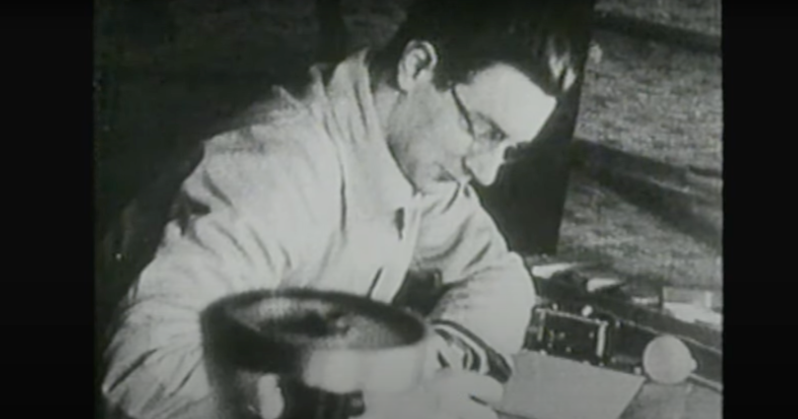 Zuse in 1935
Zuse in 1935
After completing his studies in 1935, his first job was at the Henschel Airplane Works just outside of Berlin. But he quit after only a few months, turning his attention to something he had been pondering for some time -- could he build a machine to automate those boring and repetitious engineering calculations?
How Should It Work?
Zuse was working in almost complete isolation from others in the nascent field of computing. And initially, at least, he wasn't so much focused on a general purpose computer as we think of it today. His goal was to make an automated mechanical adding machine of sorts, to handle the tedious calculations such as those required in static stress analyses. Early on, he made a key decision to use binary rather than decimal. He rightly saw that this would greatly simplify the building of such a machine, no matter what the implementation.
You might think that the choice of binary numbers would immediately make relays the most obvious choice. And while he did experiments with relays, they were ruled too unreliable. Today we take for granted the reliability and quality of relays, but Zuse was living in 1930s Germany and operating on a shoestring budget supported by his family and friends. Relays were expensive, and they were designed to switch infrequently, not run continuously at many Hertz. The relays that he could obtain were more often than not discards his friends rescued from the trash at the local telephone exchange. Along with his friend Helmut Schreyer, they also experimented with using of vacuum tubes, but realized that technology would be significantly delayed due to wartime shortages.
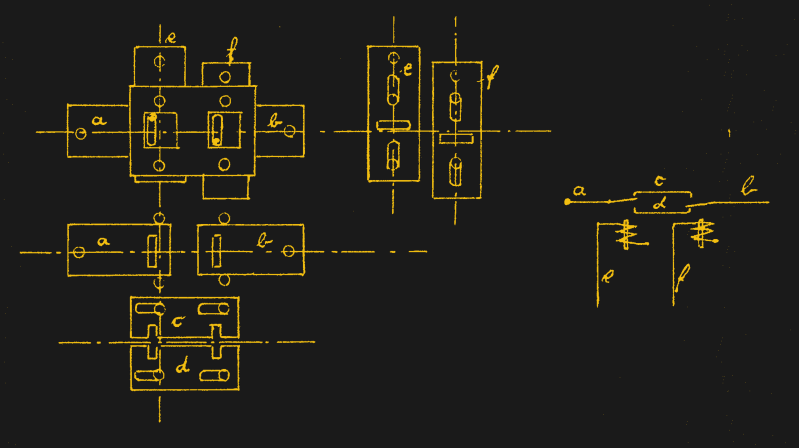 Zuse's Mechanical XNOR Gate
Zuse's Mechanical XNOR Gate
So how did he implement a computer without relays or vacuum tubes? It was all mechanical. Zuse devised a clever arrangement of plates, flat bars, and steel pins to make a digital memory store and a floating point binary arithmetic logic unit (ALU).
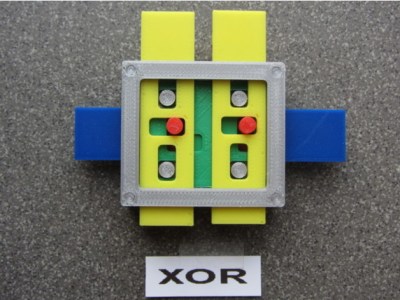 Print Your Own Z1 Mechanical Logic Gate
Print Your Own Z1 Mechanical Logic Gate
This video explains the basic operation of the mechanical adder (don't let the fact that it's in German discourage you from watching it).
If you want to dig into how Zuse implemented memory and an ALU mechanically, check out [fjkraan]'s project explaining the basics and OpenSCAD 3D printer examples you can make yourself:
Z1 Specs
The memory consisted of 64 each 22-bit words ( 14-bits of mantissa and 8-bits of exponent and sign). The ALU could add, subtract, multiply, and divide. The program instructions were provided on punched tapes, and consisted of only eight operations:
Lu input a decimal numberLd output a decimal numberPr z read from address z into register rPs z store from register r into address zLs1 add two floating point numbers, R1 = R1 + R2Ls2 subtract two floating point numbers, R1 = R1 - R2Lm1 multiply two floating point numbers, R1 = R1 * R2Li1 divide two floating point numbers, R1 = R1 / R2
The computer's clock was equivalent to a four-phase CPU clock of modern times. But it was mechanical rather than electrical, and could be driven by either a hand crank or an electric motor. Each clock phase was one of four planar motions -- imagine pushing a square plate a few centimeters North, then West, then South, then East back to the starting point. Each phase performed a basic operation, and fortunately no basic operation took more than three of these cycles.
As hinted to by the instruction set, Zuse also built converters to permit the use of human-friendly decimal numbers for input and output. Paper tape was too rare a commodity at the time, so another solution was needed. They found that blank 35 mm movie film worked just fine, and wrote their programs using a hand-held hole punch.
New Models Abound
The Z1 was finished in 1938, but was never very reliable. But it wasn't meant to be a finished product, only a proof-of-concept prototype. Work next began on the Z2, which was planned to test whether relays could would be suitable. Zuse kept the mechanical memory for the Z2, but replaced the ALU with a relay version, but only operating on fixed-point numbers. It was completed and successfully demonstrated in 1938, whereupon Zuse received partial funding to build a successor model.
The Z3 was designed entirely with relays. It was basically an improvement on the Z1, was faster and more reliable. It was delivered and demonstrated on 12 May 1941, and then Zuse began construction of yet another computer, the Z4 mentioned in the introduction. The Z4 expanded on the Z3, adding new features like square root, punch tape output, multiple tape input units, and a conditional branch instruction. Zuse continued to use relays in the ALU, but returned to the mechanical memory because of its greater density. The Z4 was eventually put into full time service and operated from 1950 until 1959.
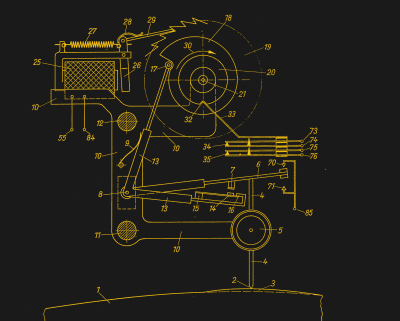 Analog to Digital Converter to Measure Wing Curvatures
Analog to Digital Converter to Measure Wing Curvatures
As the Z3 project was underway, a request came from Henschel for help in the production of guided missile wings. Zuse built what are probably the first process control computers, the S1 and S2, and invented an analog to digital converter. These single-purpose computers followed the contour of newly-manufactured wings as a hundred analog-to-digital-equipped rollers measured their curvatures.
The machines would then automatically calculate the required trim for the tail surfaces and ailerons from this data, a task that previously been done by a dozen computers (people, not machines). After performing their jobs around the clock for two years, the factory was destroyed by bombing in 1944, and the S1 and S2 were either destroyed or possibly captured by the Soviets.
If you want to learn more about each model, check out this extensive website describing all the computers and much more. It was made by Konrad Zuse's son who was born in the introduction above, Prof Horst Zuse, who became an electrical engineer, a software engineer, and an expert on computer history.
Logic and Math
Zuse and his team were able to switch back and forth between mechanical, relay, and even vacuum tube realizations of the computer components because of Zuse's grasp on the underlying equations at work. He developed his own system of rules and notation, until his former math teacher told him he had reinvented propositional calculus, or Boolean algebra as is more commonly used today. By reducing the computer operations into equations, the design concepts were separated from the physical construction, making it easier to jump back and forth between implementations.
Zuse realized that with the framework, what we would call a computer language today, the computer could do so much more than just solve equations. He had been thinking of such a language since 1939, and in the immediate aftermath of the war, he spent much of his time formalizing what he called Plankalkül, the first high-level programming language for a computer -- in English, it translates as a formal system for planning. Despite Zuse's high hopes, Plankalkül never took off, although some say that elements of it can be found in Algol 58, albeit uncredited.
Patent Problems and Growth
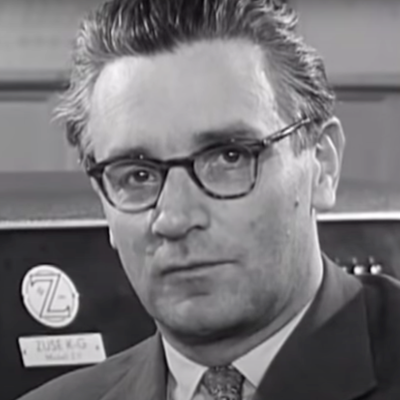 Zuse made patent applications for many of his inventions, and a number of patents were issued. His patent for the computer itself, would be frustrated. He filed a patent application on 16 Jun 1941. It wasn't until after the war in 1952 that the German Patent Office published his claims. No company in the whole industry objected, except for one -- the Triumph calculator company filed opposition to the patent, later revealed to be backed by IBM. The court case lingered for years, only to ultimately be rejected in 1967 on the grounds that the invention was not worthy of a patent.
Zuse made patent applications for many of his inventions, and a number of patents were issued. His patent for the computer itself, would be frustrated. He filed a patent application on 16 Jun 1941. It wasn't until after the war in 1952 that the German Patent Office published his claims. No company in the whole industry objected, except for one -- the Triumph calculator company filed opposition to the patent, later revealed to be backed by IBM. The court case lingered for years, only to ultimately be rejected in 1967 on the grounds that the invention was not worthy of a patent.
The innovation and progressiveness of the object concerned in the main application are not doubted. Yet a patent cannot be granted due to insufficient inventive merit.
In the meantime, Zuse had begun commercializing his own line of computers. There was a false start with IBM, who wanted the patents but wouldn't let Zuse continue development. Remington Rand became an important early client, followed closely by the Swiss Federal Institute of Technology (ETH) in Zürich who took delivery of the Z4 in 1950. Business grew over the next 15 years, with a series of computers and even a plotter, the Graphomat 64. But by the mid 1960s the company was having financial troubles, and it was acquired by Siemens in 1967.
Replicas
As with many historical computers that have been destroyed or sold for scrap, there have been several recreations of Zuse's computers built over the years.
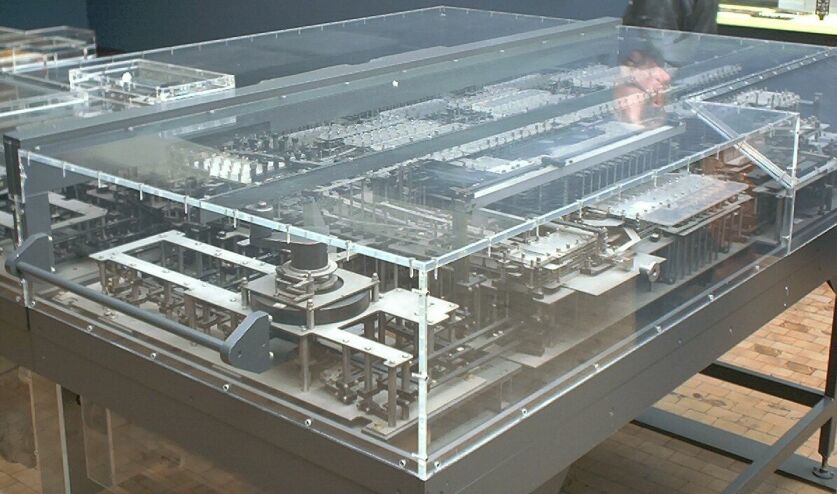 Replica of the Z1 Computer
Replica of the Z1 Computer
With support from Siemens, Zuse began a project in 1984 to reconstruct the Z1. It was completed in 1989 and is now on display at the German Museum of Technology in Berlin. Prof Raúl Rojas of the Free University of Berlin has written an excellent, in-depth paper on how the Z1 and its reconstruction work. Regarding this project, Zuse once remarked:
Back then, it didn't function very well, and in that regard, this replica is very reliable -- it also doesn't work well.
 Z3 Replica by Zuse in 1961
Z3 Replica by Zuse in 1961
The relay-based Z3 has been reconstructed three times. First, in 1961, Zuse himself built a replica that is still on display in the Deutsches Museum in Munich. Again in 1997, Profs Raúl Rojas and Horst Zuse built a recreation that is now on display Konrad Zuse Museum in Hünfeld, Germany. And most recently, Prof Horst Zuse built an original size reconstruction which was installed at the Konrad Zuse museum in 2010.
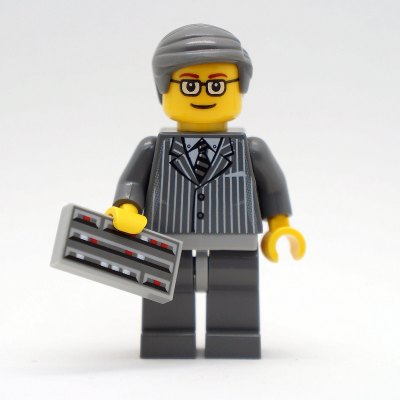 Zuse as a LEGO Brick Man
Zuse as a LEGO Brick Man
And speaking of replicas, this is a replica of Konrad Zuse himself, in the form of a LEGO brick man, holding a relay storage unit from the Z3 computer.
Lack of Recognition
This month, the German Patent Office wrote about Zuse and had this to say:
Zuse had the misfortune to have made his most important invention in times of war. Otherwise, the practical, entrepreneurial Zuse might be known today not only as a technology pioneer, but also as the founder of a global technology corporation of the stature of Bill Gates.
It does make you wonder why Konrad Zuse isn't well known and why his groundbreaking inventions and computers are often ignored. Whether or not he made the first programmable computer, his contributions were undeniably significant, well ahead of their time, and deserve better recognition. Konrad Zuse's accomplishments are best summarized by Eric Weiss, who wrote Zuse's obituary for the IEEE in 1996 :
Zuse was a man of many talents. He was a persistent, innovative, and extraordinarily creative engineering designer and builder, a mathematical logician, the founder of several successful computing manufacturing businesses, and an impressive artist. His countrymen and the computing world will remember him chiefly for the concepts of the first Z machines but also for his entrepreneurial companies, successfully created and operated, almost without outside help under the most trying conditions.
Below the break is a 1958 television with Zuse (English subtitles are available) and some additional resources about Konrad Zuse.
To Learn More
#engineering #featured #history #computerhistory #inventor #konradzuse

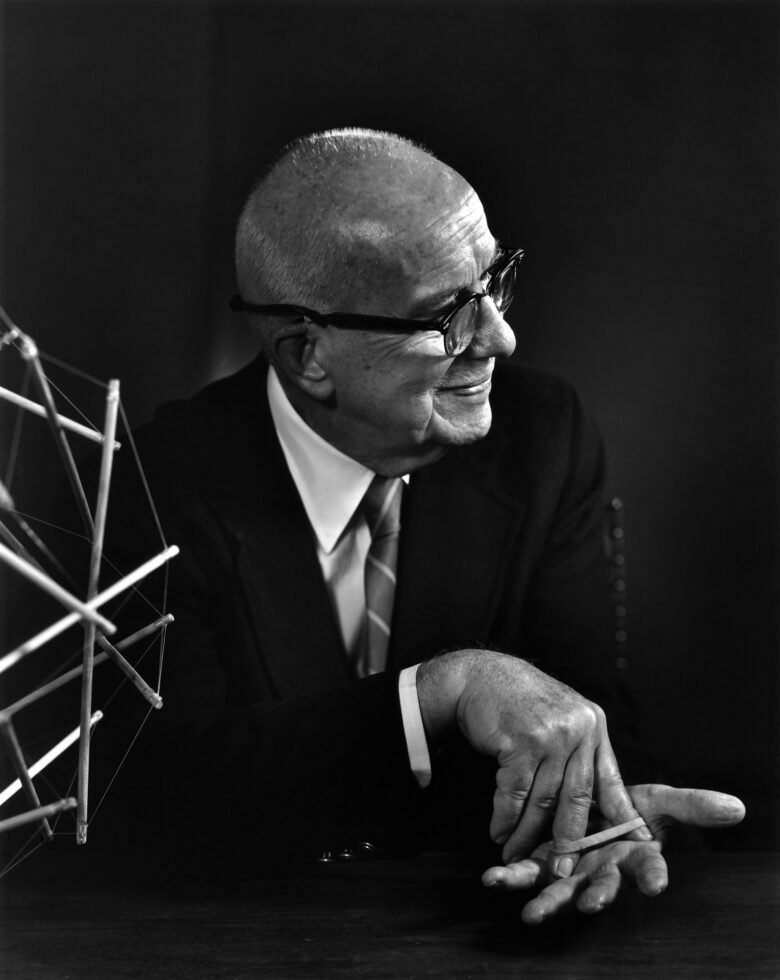
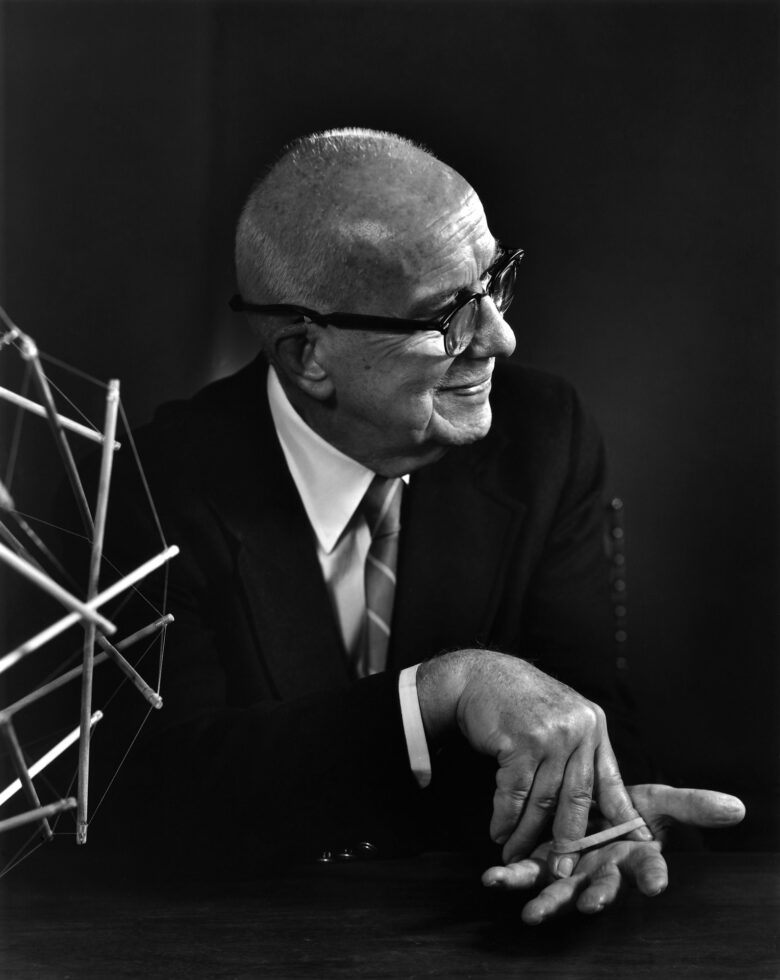



 Zuse in 1935
Zuse in 1935 Zuse's Mechanical XNOR Gate
Zuse's Mechanical XNOR Gate Print Your Own Z1 Mechanical Logic Gate
Print Your Own Z1 Mechanical Logic Gate

 Replica of the Z1 Computer
Replica of the Z1 Computer Z3 Replica by Zuse in 1961
Z3 Replica by Zuse in 1961 Zuse as a LEGO Brick Man
Zuse as a LEGO Brick Man




